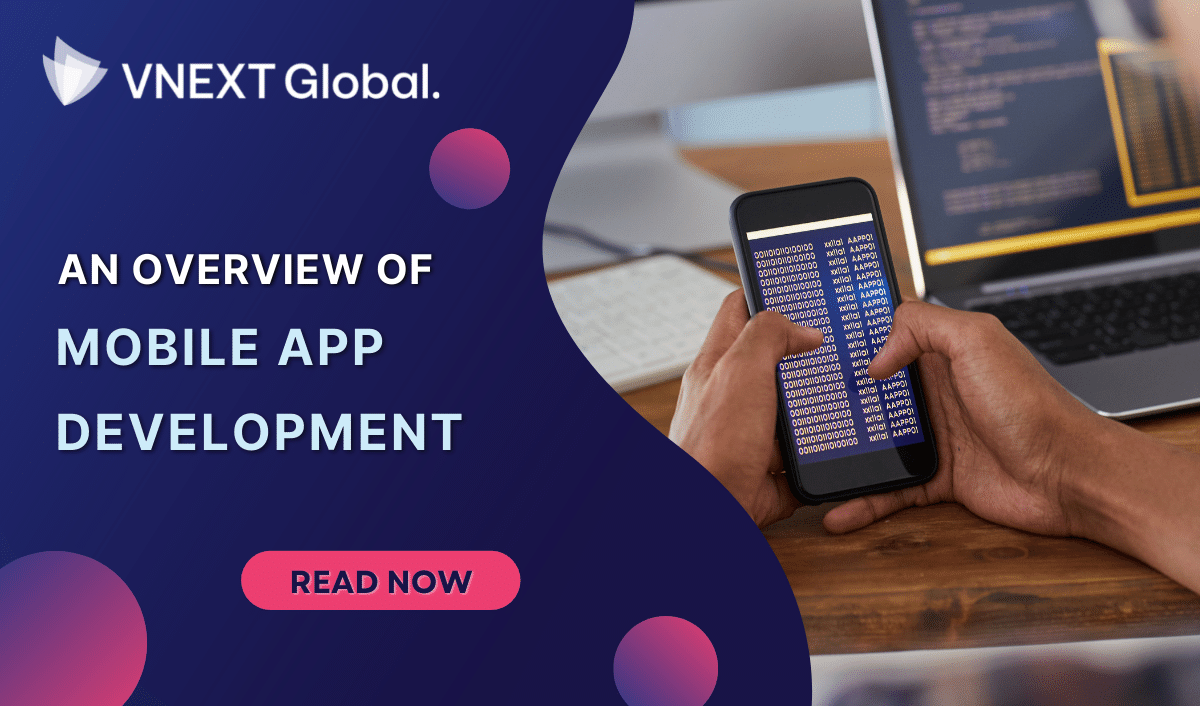Mobile apps are now a must-have part of any organization, because both staff and clients have a smartphone, and new technologies are always being introduced. Enterprises, therefore, must concern themselves with building great mobile apps if they want to stay competitive and gain consumer engagements. Mobile application development, however, may be challenging and time-consuming for companies which have limited resources.
Mobile App Development: Key Points You Need To Know
1. What Are Mobile Applications?
A typical mobile application uses a network connection to interact with remote computing resources. Mobile application development is the process of developing software that operates on mobile devices. As a result, the mobile application development process involves building installable software packages (code, binaries, assets, etc.), setting up backend services like data access through an API, and testing the application on targeted devices.
2. Mobile Device Platforms
iOS
iOS was designed and developed by Apple Inc. for mobile devices. It is the operating system that drives the iPadOS, tvOS, and watchOS mobile platforms produced by Apple. Although some of its components are open source under the Apple Public Source License and other licenses, it is proprietary software overall.
More than 2.1 million iOS applications, including 1 million iPad-native ones, are available in the Apple App Store in March 2018. More than 140 billion mobile apps have been downloaded in the App Store in total.
Every year, iOS releases its most significant updates. In March 2022, iOS 15.4, the most recent stable version, was made available to the general public.
Android
Android is a mobile operating system that was created specifically for touchscreen mobile devices like smartphones and tablets. It is based on a modified version of Linux and other open - source software.
The majority of Android versions are proprietary. The main parts are derived from the Android Open Source Project (AOSP), a free and open-source software (FOSS) project that is principally covered by the Apache License. When Android is installed on a device, the otherwise FOSS software's ability to be modified is typically limited. The source code is withheld, and reinstallation is made impossible by technical means, making the installed version proprietary.
The majority of Android devices come pre-installed with additional proprietary software, most notably Google Mobile Services (GMS), which contains essential applications like Google Chrome, the online store Google Play, and associated Google Play Services development platform.
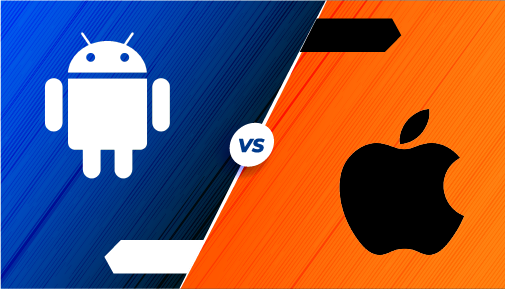
3. Mobile Application Development Approaches
When developing mobile applications, there are four main ways.
- Native Mobile Applications
- Cross-Platform Native Mobile Applications
- Hybrid Mobile Applications
- Progressive Web Applications
Each of these methods for creating mobile applications has a unique mix of benefits and drawbacks. Developers take into account the desired user experience, the computing resources and native features needed by the app, the development budget, time targets, and resources available for app maintenance when deciding on the best development approach for a project.
|
Native Mobile Applications |
Cross-Platform Native Mobile Applications |
Hybrid Mobile Applications |
Progressive Web Applications |
|
|---|---|---|---|---|
|
Overview |
Native mobile applications run directly on the operating system of the device, such as iOS or Android, and are created using the programming language and frameworks offered by the platform owner. |
Cross-platform native mobile applications can be written in many programming languages and frameworks, but they are compiled into a native application running directly on the operating system of the device. |
Hybrid mobile applications are built with standard web technologies - such as JavaScript, CSS, and HTML5 - and they are bundled as app installation packages. Contrary to the native apps, hybrid apps work on a 'web container' which provides a browser runtime and a bridge for native device APIs via Apache Cordova. |
PWAs offer an alternative approach to traditional mobile app development by skipping app store delivery and app installations. PWAs are web applications that utilize a set of browser capabilities - such as working offline, running a background process, and adding a link to the device home screen - to provide an 'app like' user experience. |
|
Pros |
- Best runtime performance - Direct access to device APIs. |
- Single code base for multiple platforms - Easy to build and maintain your app |
- Shared code base between web and mobile apps - Using web development skill set for building mobile apps |
- Same app is available both for web and mobile - No installation required, accessible through a URL |
|
Cons |
- Higher costs when building and maintaining your app - Multiple code-bases for each platform |
- Dependents on bridges and libraries for native device features - Performance limitations due to bridging |
- Lower performance compared to native apps - Limited support for native device features |
- Limited support for native device features - App capabilities depend on the browser in use |
4. Frontend & Backend In Mobile Application Development
There are two interlinked core components of a mobile application: 1) the Frontend that resides on the mobile device, and 2) the Backend that supports the mobile front-end.
The data is obtained by the mobile frontend from the back-end using a variety of service links, including APIs. In some circumstances, the company creating the mobile application may also own and run these APIs. In other situations, a third company may be in charge of the API, and the mobile application is given access through a business deal.
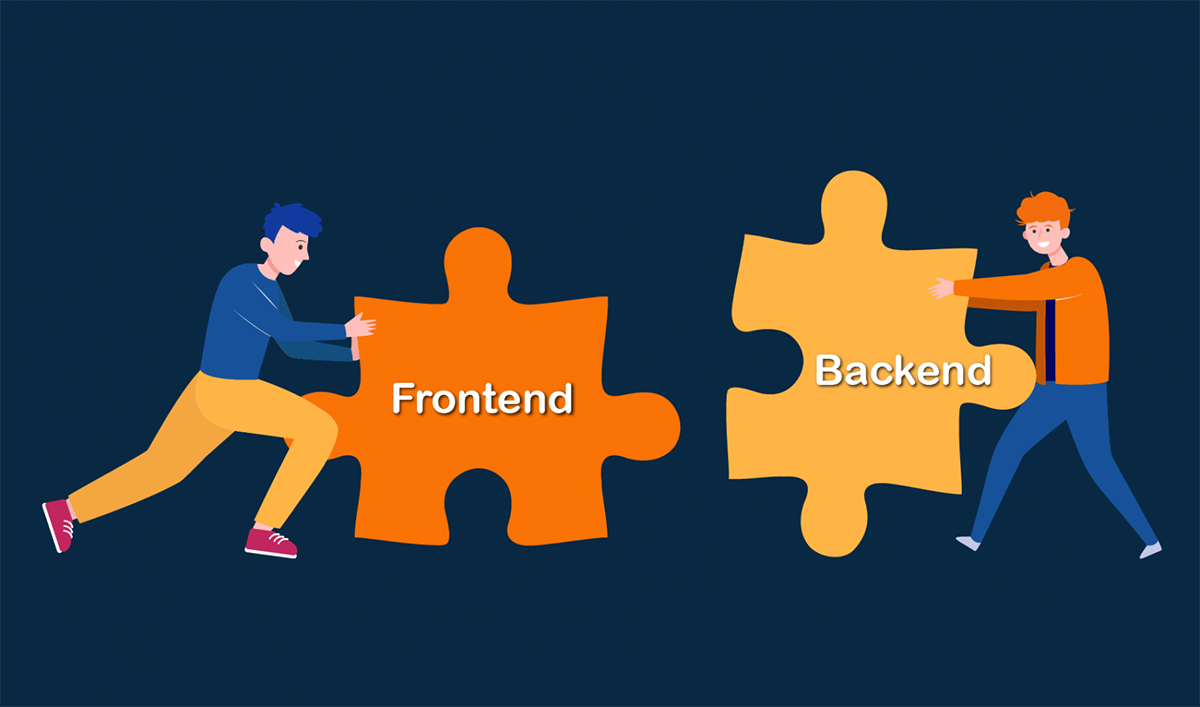
Frontend is the visual and interactive part of the mobile application the user experiences. It usually resides on the device, or there is at least an icon representing the mobile app that is visible on the home screen or is pinned in the application catalog of the device. The application can be downloaded from the platform app store, side-loaded directly onto the device, or can be reached through the device’s browser, as in the case for PWAs. For instance, there might be specialized creative/graphics designers who are in charge of making the app's icons, backdrops, colors, and other visual components. The user experience and user interface designers on the team may also work on the component layout and their interactions with the user. For specific kinds of mobile video games, a team may include motion graphics programmers and even engineers who create the physics-based engines that control how objects move within the mobile app, such as a car in a racing game.
Backend is in charge of making a network, involving building the mobile app logic, collecting data, and updating the data in the systems. Most frequently back-end service is known as APIs, which are typically accessed through a variety of mobile application programming interfaces. A database with data used in the app could serve as an example of a back-end service for a mobile front-end. The mobile developer would need to be aware of the database's network location, the access protocol, the credentials for authenticating and authorizing the data access, and the precise database commands required to extract the required data in order to directly access the database.
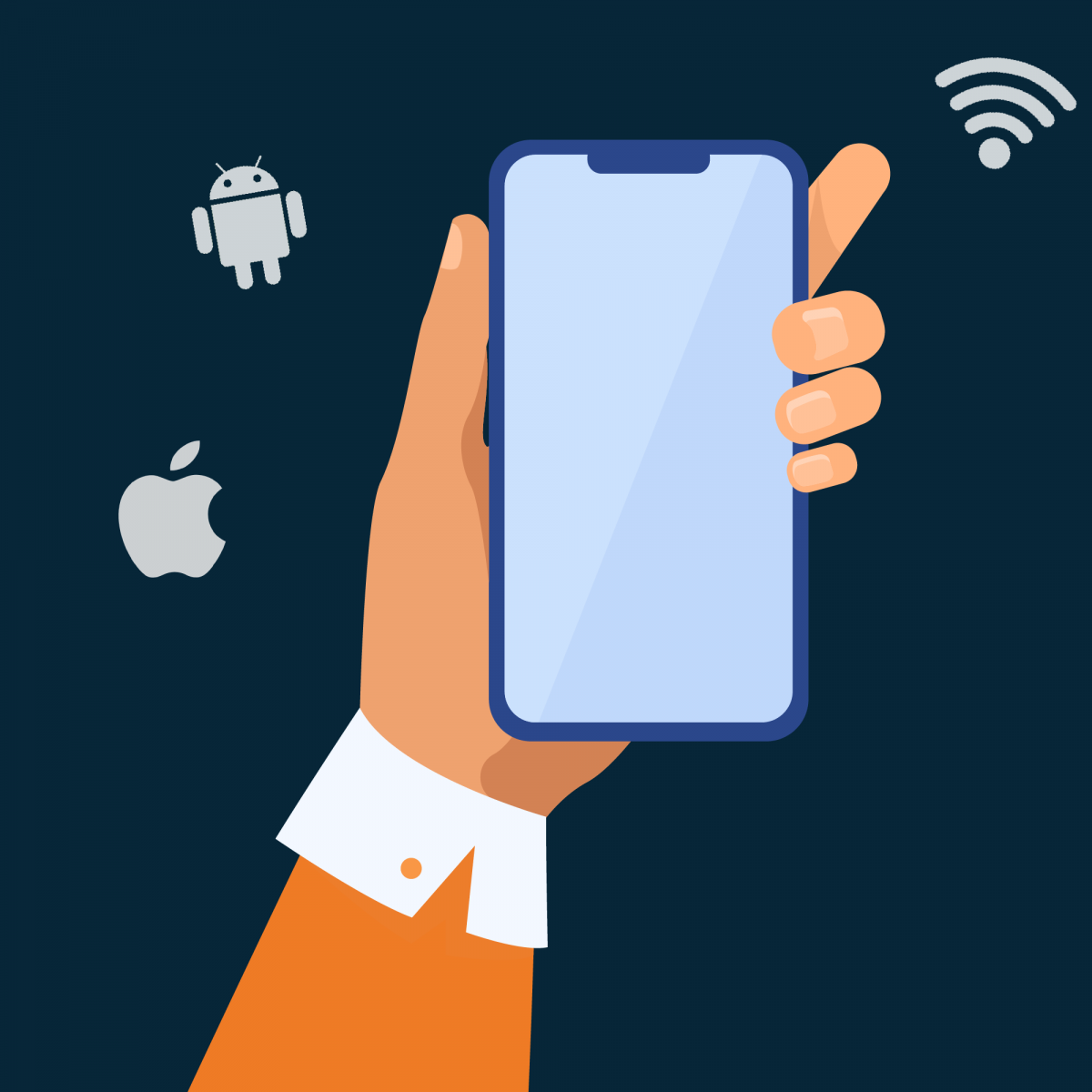
5. Main Mobile Application Services
Mobile application developers can take advantage of so many cloud-based and third-party services to accelerate the creation and distribution of their applications. A developer, however, is unlikely to be able to become an authority in each of these particular services. Instead, mobile app developers should seek out a development environment that enables them to swiftly and simply integrate, apply, and use the most frequently needed features into their mobile applications while still finding the ability to utilize the various different services that are offered.
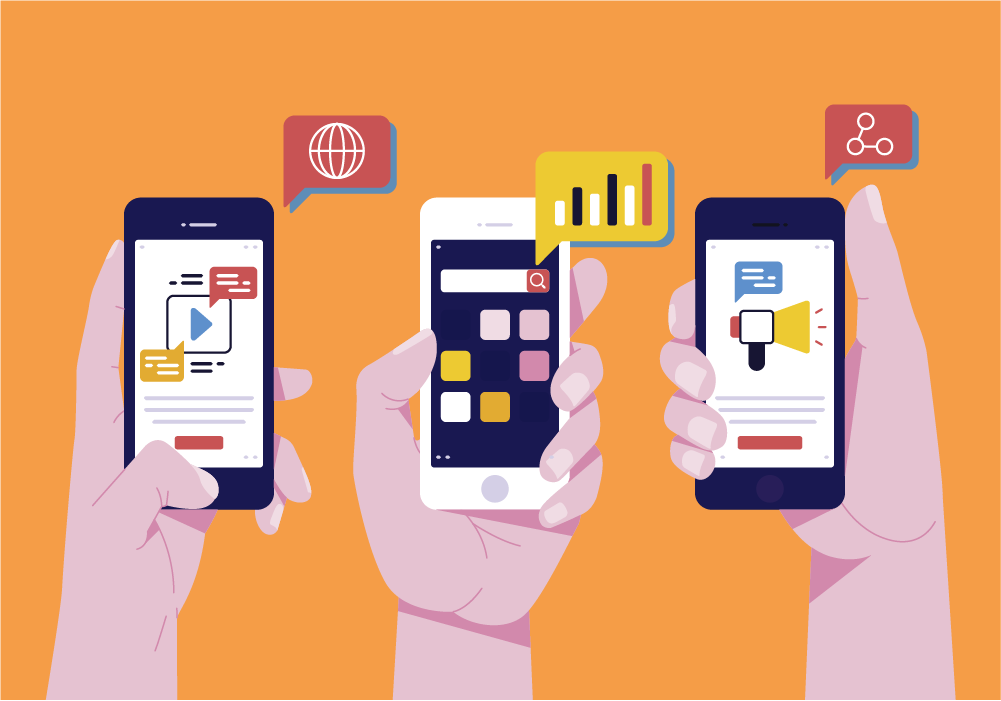
Functions
- User Sign-up/Sign-in and Management
- Social login (Facebook sign-in, Twitter sign-in, etc.)
- Analytics and User Engagement
- Push Notifications
- Real Device Testing
Data Services
- Cloud Storage
- Real-time and Offline Data
- Application Logic/Cloud Functions
Machine Learning
- Conversational Bots
- Image and Video Recognition
- Speech Recognition
Final thought
In this digital era, if you want to become more and more successful, it is important that you have at least a mobile application for your employees and your customers. Build a mobile app with your internal IT team, or outsource mobile application development company right now to stay updated and competitive!
If you are looking for a trusted mobile app development company, VNEXT Global is the ideal choice. With 14+ years of experience, we surely can help you to optimize your business digitalization within a small budget and short time. Currently, we have 400+ IT consultants and developers in Mobile App, Web App, System, Blockchain Development and Testing Services. We have provided solutions to 600+ projects in several industries for clients worldwide. We are willing to become a companion on your way to success. Please tell us when is convenient for you to have an online meeting to discuss this further. Have a nice day!

